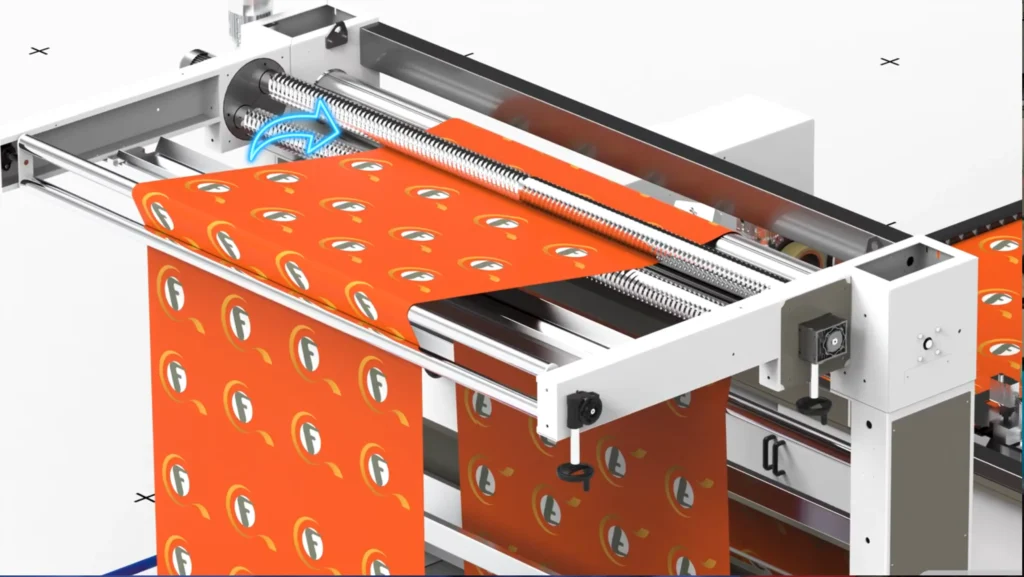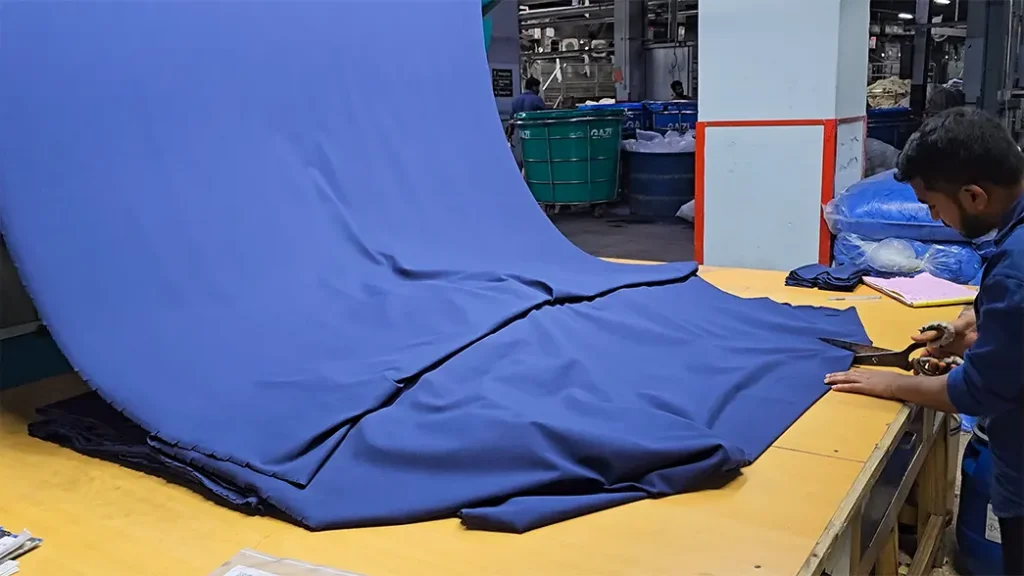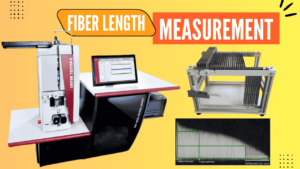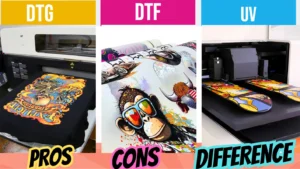Compactor Machine:
The compactor machine stands as a specialized textile finishing machine designed explicitly for compacting 100% cotton knitted fabric. Most of the common compactor machines, characterized by their felt type, boast two fitted compacting units. These units play a crucial role in achieving superior fabric quality, ensuring minimal shrinkage, and imparting a soft, fluffy texture to the material.

Types of Compactor machine:
Under the category of Types of Compactor machine, we find:
a) According to the Compacting Zone:
- Felt Compacting
- Mechanical Compacting
1. Felt Compacting:
In the felt compacting process, the primary compacting elements involve heated cylinders and a felt strip. The fabric is wrapped around the heated cylinder, while the felt strip rotates outside the fabric. A lead-in roller guides the fabric within the compacting zone. Notably, there is a Teflon sheet between each compacting zone, requiring replacement after several uses.
Indeed, felt compacting stands out for ensuring superior fabric quality and achieving the best soft hand feel. The fabric is well-preserved with minimal damage compared to mechanical compacting. However, it’s worth noting that the production rate in felt compacting tends to be on the lower to average side.
2. Mechanical Compacting:
In the case of mechanical compacting, the primary components include an introduction cylinder and a retarding roller. The fabric is directed towards the entrance of the compacting zone, characterized by a shoe-type configuration. The retarding roller plays a crucial role in slowing down the fabric and compacting it in the direction of feed.
This method excels in achieving a high level of compaction in comparison to felt compacting, boasting an impressive working speed ranging from 60 to 80 m/min. This means to a significantly higher production rate. Mechanical compacting becomes the method of choice when a substantial quantity of finished fabric is required. However, it comes at the expense of fabric quality, resulting in a stiff and less soft feel. Moreover, the process doesn’t ensure high dimensional stability of the fabric. In the present era, the emphasis on quality over quantity has led to a decline in the popularity of mechanical compacting.
b) According to the fabric type:
- Open width Compactor: The open width compactor is the go-to choice when dealing with fabric in an open width, making it the most commonly used type.
- Tubular Compactor: The tubular compactor steps in for fabrics that retain their tubular form.

Scope of Compactor Machine:
Compactor machine processes various types of fabrics. These fabrics include a diverse range such as-
- Single Jersey
- Lycra Single Jersey
- Pique
- Plain interlock
- Fleece
- Terry
- Mini Jacquard
- Micro polyester
- Mini Waffle
Functions of Compactor Machine:
- Compactor machine takes charge of controlling the width of the fabric.
- It ensures the required GSM.
- To maintains dimensional stability and spirality.
- To govern the loop of the knit fabric.
- It enhances the luster effect of the material.
- It conducts ironing operations.
- It addresses protruding fibers on the fabric surface.
- To modify the fabric’s hand feel.
- It helps in shade control.
Working Principle of Compactor machine:
This machine features a stenter frame, providing easy width adjustment before the fabric enters the compacting zone. Steam relaxation facilitates widthwise shrinkage at this stage. Meanwhile, the tension of felt blankets against the fabric controls lengthwise shrinkage. Beneath the stenter frame, a steam box helps in fabric relaxation and shrinkage just before entering the compacting zone. In this zone, steam-heated cylinders at 140°C press against a stretched felt-type blanker, contributing to the compacting process.
Mechanism of compactor machine:
The compactor machine operates through a mechanism categorized into four sections:
- The initial section involves feeding the fabric into the machine in an open form.
- Transitioning to the second section, the Stenter frame serves to adjust the GSM and diameter of the fabric. Positioned under the Stenter frame is a steam box. Positioned beneath the Stenter frame, a steam box facilitates the process.
- Moving on to the third section, the machine’s compaction zone comes into play. This zone actively controls the GSM and conducts ironing of the fabric.
- The fourth section focuses on the delivery phase of the machine.
Different units of a basic compactor encompass various stages:
1. Feed Unit:
- Fabric, processed in the stenter machine, is fed into the compactor machine.
- Guide rollers ensure precise fabric path guidance.
- Fabric is stored in a trolley, and a centering roller with a sensor centralizes the fabric.

2. Clipping/Pinning System:
- Also known as the stentering zone, it involves heat setting.
- Four crucial settings control GSM and fabric width: overfeed, underfeed, right %, and left %.
- Pinning or clipping systems attach the fabric.
- Optional devices like a gumming device and selvedge cutter can be attached.
- Chain width ranges from approximately 90-250 cm, and length can be 8 meters.
- Two spreaders, each with an optical sensor, clamping plate, manual spread controller, wheel, and brush wheel, aid in fabric spreading.

3. Steaming Zone:
- Two steaming zones exist, with the first being optional.
- Steamer 1, in the middle of the chaining system, increases GSM.
- Steamer 2, just before the compacting zone, facilitates fabric entry.
- Steam pressure is 1.5-2 bar, and the temperature ranges from 30-70 degrees Celsius.
- The purpose is to hydrate/moisturize the fabric for accurate compacting.

4. Compacting Zone:
- Different types include felt type, shoe type, and rubber compacting.
- Two felt compactors are typically used.
- Each zone consists of a heated cylinder, drag cylinders, tightening device, felt, and Teflon.
- Heated cylinder temperature is between 100-120°C.
- Hydraulic pressure raises and lowers the heated cylinders.

5. Cooling zone:
- After the second compacting zone, the fabric is conveyed for cooling.
- A perforated conveyor belt, driven by a separate motor, facilitates the cooling process.
- Cooling is achieved by suctioning air through a suction device.
6. Plaiting segment:
- The fabric is then plaited, and the plaiter mechanism can vary.
- An anti-static bar is attached to prevent the formation of anti-static charges.
7. Quality check Table:
- Following the plaiter, a large table is dedicated to fabric quality checking.

A typical Process flow diagram of parts of Compactor Machine:

Functional role of Different Parts in Compactor Machine:
- Free Roller: Facilitates the smooth delivery of fabric.
- Spreader Roller: Plays a vital role in spreading the fabric selvedge.
- Centering Roller: Sensor utilization to ensure precise fabric delivery to the roller center.
- Underfeed Roller: Regulates GSM and shrinkage control.
- Overfeed Roller: Controls GSM and shrinkage parameters.
- Stenter Frame: Adjusts both GSM and diameter of the fabric.
- Compaction Zone: Takes charge of controlling GSM and conducting the ironing process.
- Delivery Roller: Delivers the fabric in a fold form.
Standard Operating Procedure (SOP) for compactor machine:
The Standard Operating Procedure (SOP) for the Compactor Machine takes the following proactive measures:
- The Compacting supervisor receives fabric from the dry fabric supervisor.
- Ensures the fabric is dried properly.
- Actively examines the fabric’s hand feel.
- Actively monitors the compaction of the machine.
- Actively adjusts load cell tension.
- Actively monitors fabric width, GSM, and shrinkage.
- Actively adjusts overfeed to prevent fabric from falling out of the pin.
- In the case of yarn-dyed fabric, straightens stripes.
- Actively maintains machine speed within the range of approximately 15-35m/min, with an average speed target of 35m/min.
Technical Data of a typical Open Width Compactor machine:
| Fabric Width | Approximately 2400 mm Maximum |
| Roller Length | Approximately 2600 mm |
| Operating Speed | Approximately 40 M/ Min Maximum |
| Power | 35 kW |
| Air Pressure | 6 Bar |
| Steam Pressure | 6 Bar Saturated Steam |
| Felt Thickness | 22 mm |
| Phases | Depending on manufacturer |
| Dimension | L – 6800 mm W – 4000 mm H – 2800 mm |
Checking points:
- Actively monitor fabric speed.
- Assess shrinkage levels.
- Maintain appropriate felt tension.
- Ensure optimal cooling belt tension.
- Regulate tandem tension effectively.
- Manage stenter tension for precision.
Factor Consideration:
Shrinkage Control:
- Control shrinkage actively through well-calibrated overfeeding.
- Adjust overfeed speed to influence fabric length and width, achieving a maximum shrinkage control of 70–75%.
GSM Control:
- Actively regulate GSM by applying suitable overfeeding speed.
- Manage GSM levels by balancing overfeed, ensuring an alignment with fabric diameter (Dia).
- Validate that GSM satisfaction corresponds to acceptable shrinkage levels.
Dia Control:
- Actively control fabric diameter using a diameter-controlling meter scale.
- Respond to GSM reduction by actively decreasing diameter (2–3 inches) to restore fabric quality.
- Influence diameter by actively adjusting overfeed speed, impacting both fabric length and width.
- Understand the inverse relationship between fabric length and width, actively managing variations.
Note: Fabric speed is dependent on fabric Dia, and Dia adjustments are influenced by yarn count and buyer orders. The use of an expander rod facilitates control over Dia variations.
reference:
- Machinery Of Knit Fabric Processing by Dr. Shaikh Md. Mominul Alam & Md. Golam KIbria
- Principles of Textile Finishing By Asim Kumar Roy Choudhury(https://www.sciencedirect.com/book/9780081006467/principles-of-textile-finishing)



